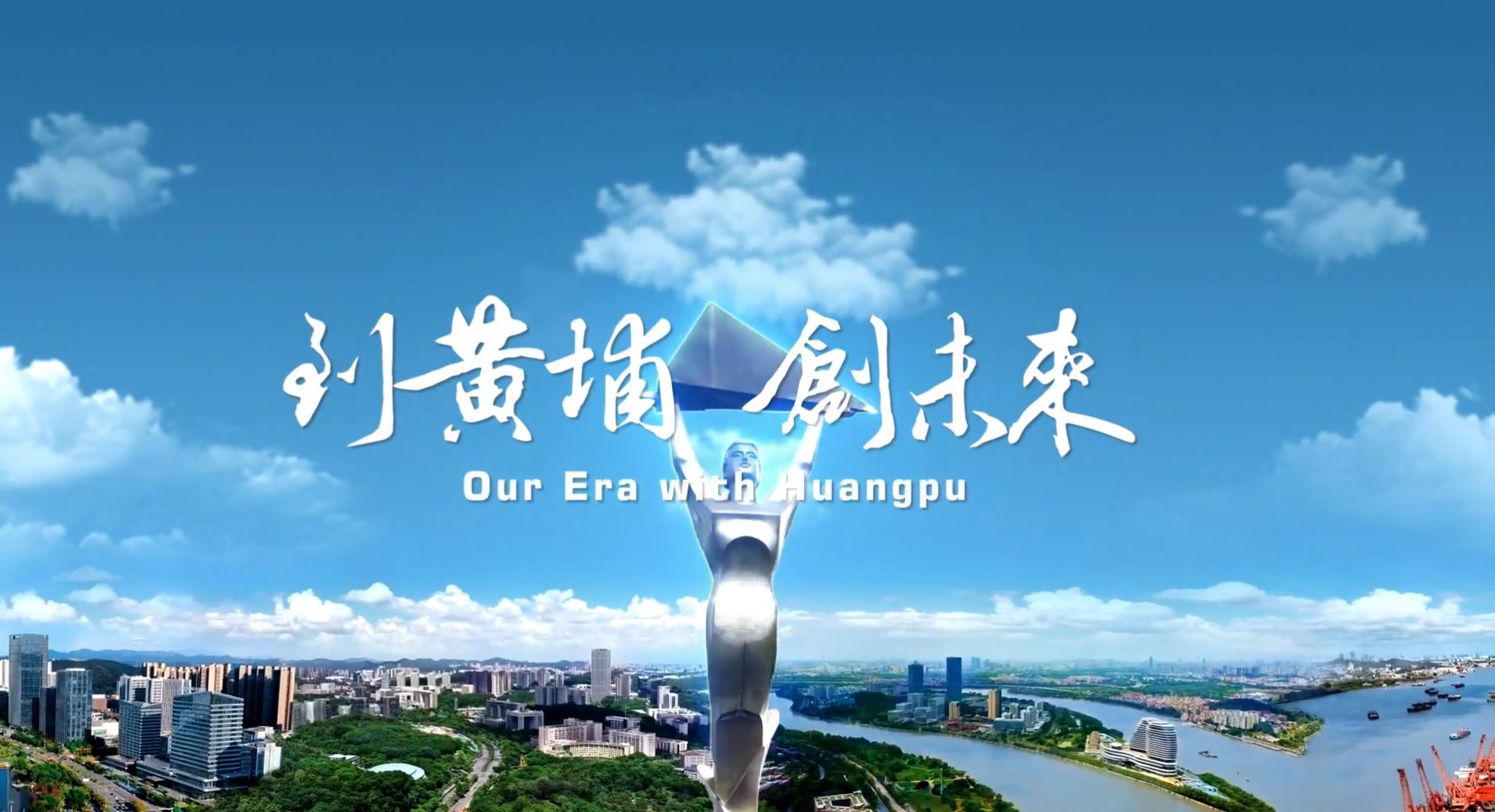Huangpu district: gateway of southern China
Updated : 2022-03-21Huangpu district has a long history and rich cultural resources to contribute to Guangzhou. For example, the Immortal Temple of South Sea and the Whampoa (Huangpu) Military Academy are well-known in China and internationally.

The Immortal Temple of South Sea, known as the birthplace of the ancient Maritime Silk Road. [Photo provided to chinadaily.com.cn]
Huangpu district has been the gateway of southern China since antiquity. First inhabited in the Neolithic Age, it is rich in culture and has an abundance of historical relics.
During the Sui and Tang dynasties (581-907), Miaotou village, now located in Suidong street, Huangpu district, had already developed into a town named Nanhai, which was soon afterwards renamed Fuxu. With the prosperity brought by foreign trade, a maritime transportation line connecting Guangzhou with Southeast Asia, India and Persia was formed, and Fuxu Port became an outer port of Guangzhou.

In 594, Emperor Wen of Sui ordered the establishment of the Immortal Temple of South Sea in Nanhai town, which has become a symbol of Fuxu Port in Guangzhou. [Photo provided to chinadaily.com.cn]
During the Ming and Qing dynasties (1368-1912), due to the sedimentation of the Pearl River Delta, it was difficult for merchant ships to dock at Fuxu Port. The outer port of Guangzhou was gradually transferred from Fuxu Port to Huangpu Port. Even now, Huangpu still sits on the main port area of south China's largest port.
Changzhou Island in Huangpu district, where the original site of the world famous Whampoa (Huangpu) Military Academy is located, is an important birthplace of Chinese military industries and education.
Huangpu bears profound memories of the Second Sino-Japanese War. During the Great Revolution, the Communist Party of China set up a branch in Huangpu to support the Guangzhou Uprising. The Dongjiang Column also established a resistance base to fight against enemies. A set of anti-Japanese patriotic military backbones represented by Sun Kequan sprang up during those times.
Numerous Lingnan traditional buildings and gardens are scattered throughout Huangpu. Take Yuyan Academy as an example, it is located in Luogang street and built down a hillside in the South Song dynasty (1127-1279). Renowned for its exquisite workmanship, Yuyan Academy is most associated with one of the Eight Sights of Guangzhou, Luogang Xiangxue – the snow in Luogang street.
- Investment and Entrepreneurship
- Investment Advantages
- Investment Guide
- Policies
- Key Projects
- Major Industries
- Industrial Parks
- Investment Opportunities
- Technological Innovation
- IPR
- Enterprises
- Talents
All rights reserved. Presented by China Daily
粤ICP备16087157号-1










